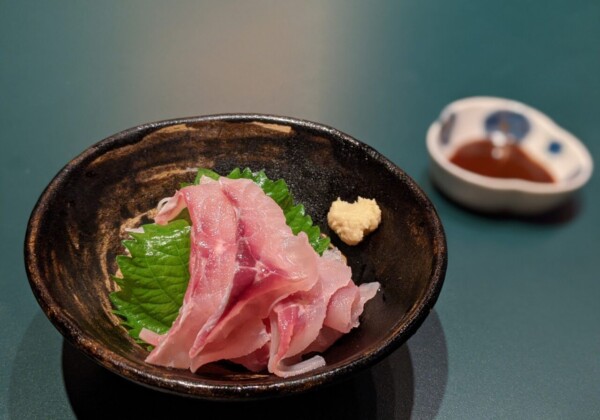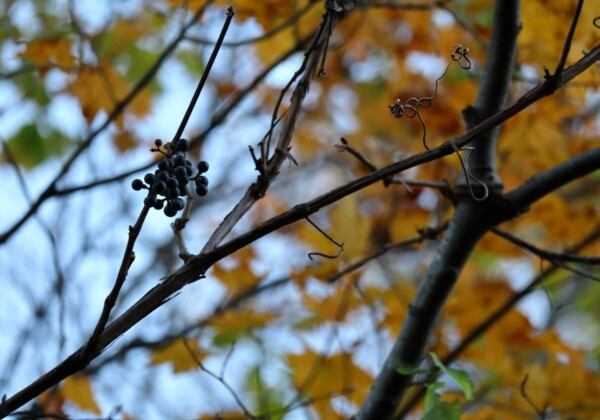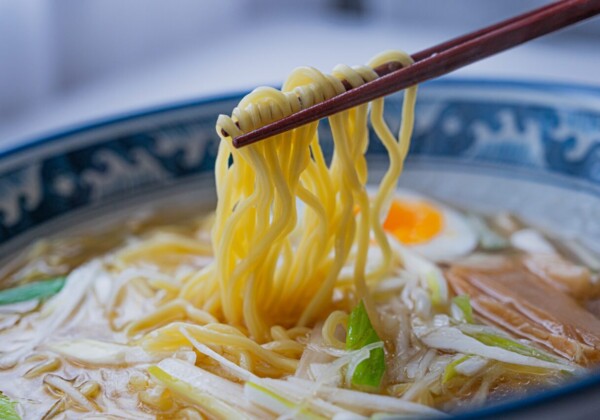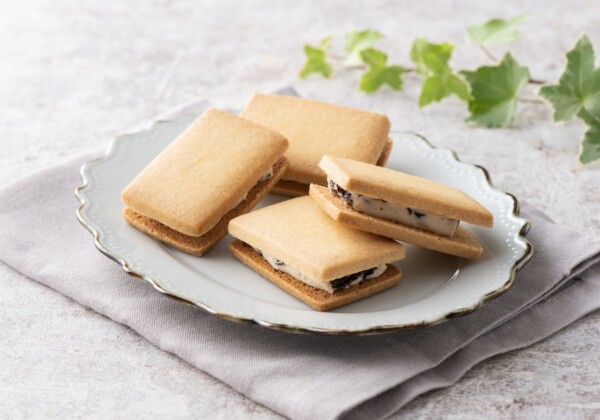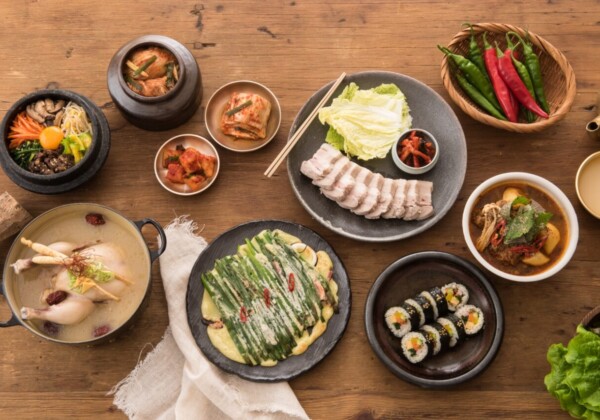
What is Daisai Sake Brewery? Delicious pure rice sake brewed by a long-established brewery, made with fresh tuna (Nihonmatsu City, Fukushima Prefecture)
If you like sake, you're probably thinking of preparing alcohol that can be deliciously enjoyed, whether cold or hot, and comparing the taste. In this article, we will introduce how to drink at home so easily...




